
Filmpac Footage Contributor Program
Want to make money selling footage through a major stock footage platform like Filmpac? This page will walk you through the processs.
Continue ReadingIn the filmmaking and videography world, one of the coolest cinematography effects out there is the use of slow motion footage.
And the great part about it is that most modern video cameras have at least some slow motion capabilities.
Today, we’re going to dive into what slow-motion footage actually is, how to achieve it, and when to use it.

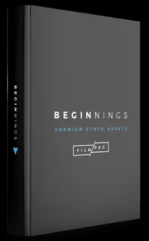
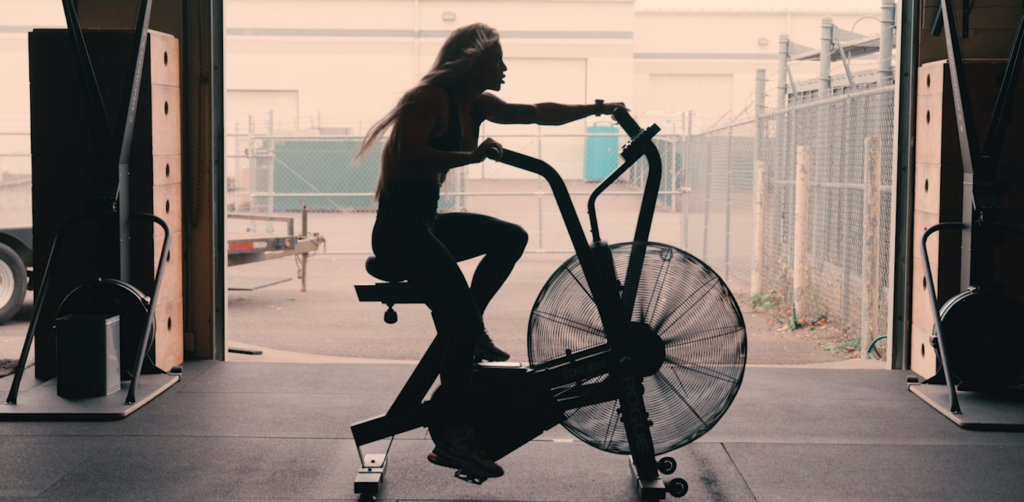
Video is simply a continuous collection of stills, usually 24 or 30 of them per second, to be exact. These frame rates re-create the speed and motion blur of an image that the human eye would perceive if we were seeing it in real life, with 24 fps being the most natural and therefore the most common standard frame rate. 30fps is also a common standard for broadcast.
Most movies are filmed in 24fps for this exact reason – it is the most “realistic” and has evolved to become a trademark element of what makes something look “cinematic”. It’s simply the best frame rate for movies.
Slow-motion video is footage that is shot at a higher frame rate than the frame rate than you want it to be viewed at, which is then slowed down on your timeline to achieve the desired result, without stretching frames.
There is no rule in terms of how many frames you shoot, but common high-speed frame rates include 48fps, 60fps, and 120fps.
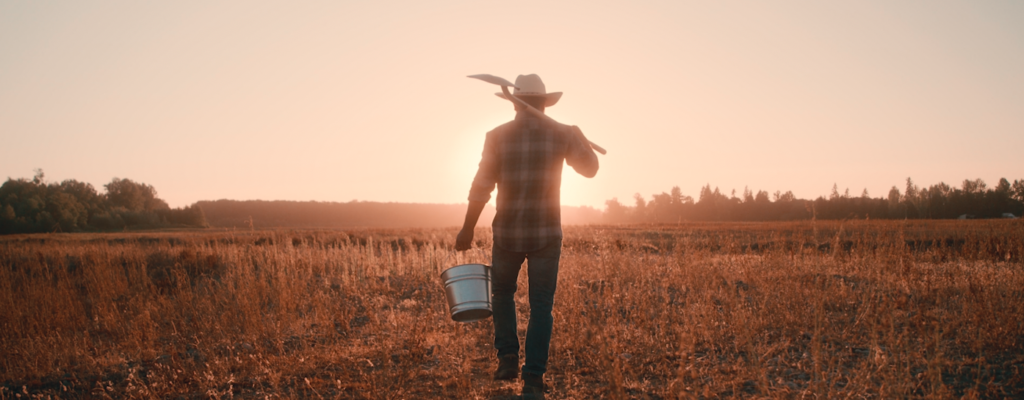
If you simply shoot at 24 fps and then want to slow that shot down for effect, there’s going to be a problem!
Since only 24 frames per second were captured, you would be stretching the video to the point of seeing less frames per second, which means each individual frame remains on screen for longer. This results in a choppy, undesirable look.
So again, if you plan on slowing a shot down, you need to film at a higher frame rate than you plan on editing in. For example, if you know your project is going to be at a frame rate of 24, and you want to slow the footage down to half speed, you should film at 48. Then, in the edit, you can stretch the footage out until there are 24 frames per second instead of 48, and you have a smooth, slow motion shot that plays in real-time.
Some cameras even do this for you, by allowing you to set a project and sensor frame rate. This means that the footage is automatically stretched and allows playback in slo-mo. Either way, these days, all cameras have the ability to adjust and shoot different frame rates.
If you want a more dramatic slow motion effect, you can shoot at even higher frame rates. Some specialized cameras can shoot frame rates into the thousands.
Some things to consider when shooting slow motion are the increased effects of your light sources in your shots. The higher your frame rate is, the less light will be captured in each one by your camera’s sensor, so you’ll need to plan on this before shooting.
High frame rates can also lead to the dreaded flickering effect, caused by lights in your shot running on an electrical frequency that clashes with your frame rate. This can be solved a couple of ways: either change your frame rate, change your shutter speed, or as a last resort, use a plug-in or overlay in post to eliminate the flicker.
A quick way to eliminate flicker in video editing is to duplicate your shot overtop of itself, set the top one to 50% opacity, and nudge it forward by 1 frame. This ensures that the shot remains constantly lit. However, this technique does not work as well if there is a lot of motion in the shot.
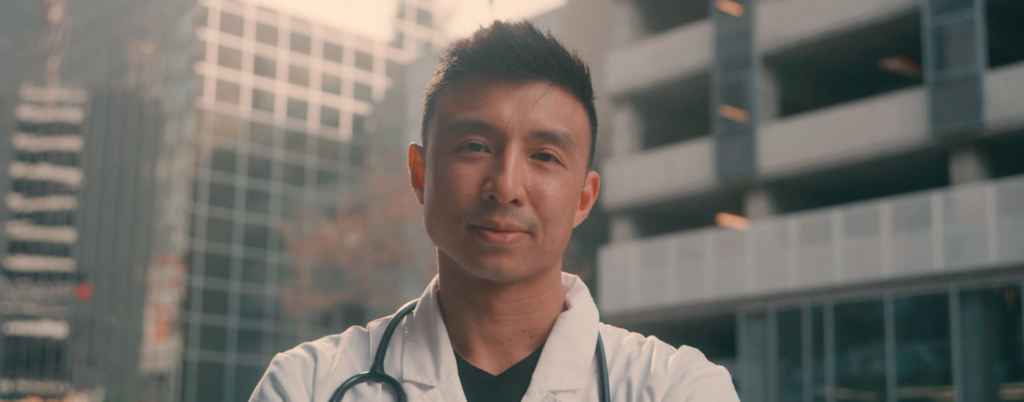
First and foremost, slow motion is a great way to just showcase something cool happening. Whether it’s a bullet hitting a watermelon, a surfer catching a wave, or a hummingbird flapping its wings, slow motion can allow a viewer to see details in something that their eyes simply cannot capture in real life.
Perhaps the most practical and common use of slow motion is to just add an ethereal, smooth quality to B Roll. Just about anything looks cool when slowed down to half speed; even slowing a shot down just a little can result in a cinematic look.
And on a practical level, if you’re filming handheld from a helicopter, for example, slow motion helps reduce camera shake and makes it easier to stabilize your footage in the edit.
On the flip side, you can also purposefully shoot at a high frame rate and not slow the footage down. This is a similar effect as shooting at a higher shutter speed, in that it results in a more crisp image and less motion blur. This is an unnatural look, but can be used for dramatic effect in fast-paced scenes.
Slow motion is also a great way to add emphasis to an important moment or scene in your story. It really allows the viewer to focus on what’s happening, and lets them know, “Hey, pay attention here!”.

Because the technique is so versatile and also so readily accessible, the ability to shoot and understand slow motion is a key skill that every video production pro should have.
Kevin Graham is the Creative Director at Filmpac.

Want to make money selling footage through a major stock footage platform like Filmpac? This page will walk you through the processs.
Continue Reading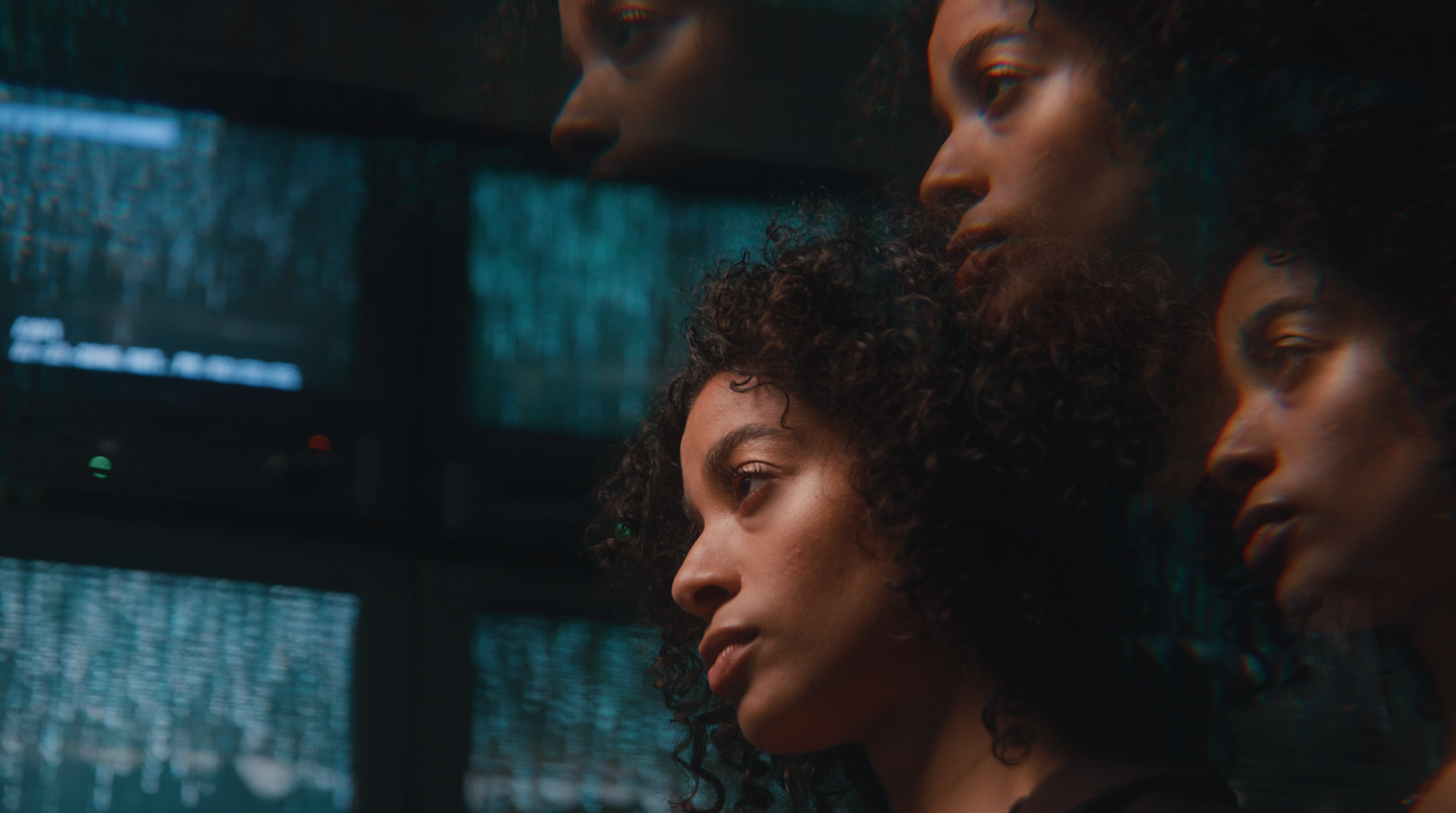
We know you work hard at your craft, and we want to invite you (yes YOU) to show us what you've got in our 10-day Ad Challenge!
Continue Reading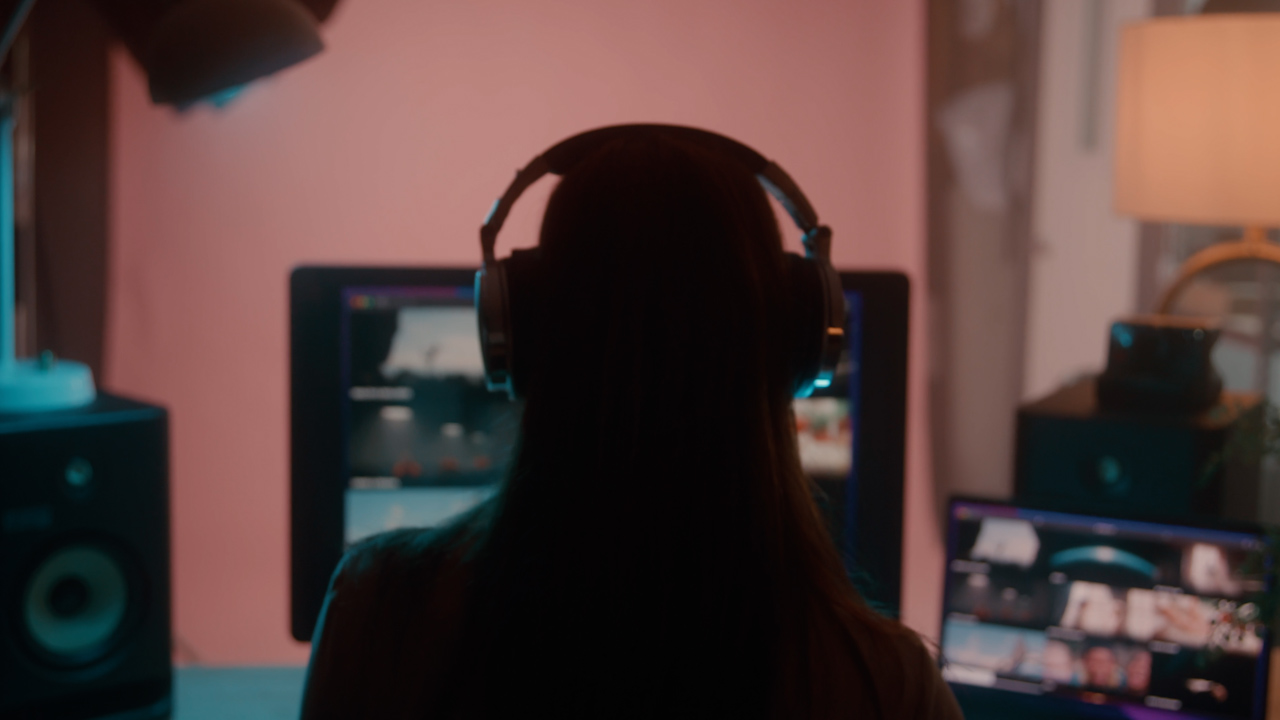
When it comes to professional video editing in the 2020s, two powerful software options stand out: Adobe Premiere Pro vs. DaVinci Resolve.
Continue Reading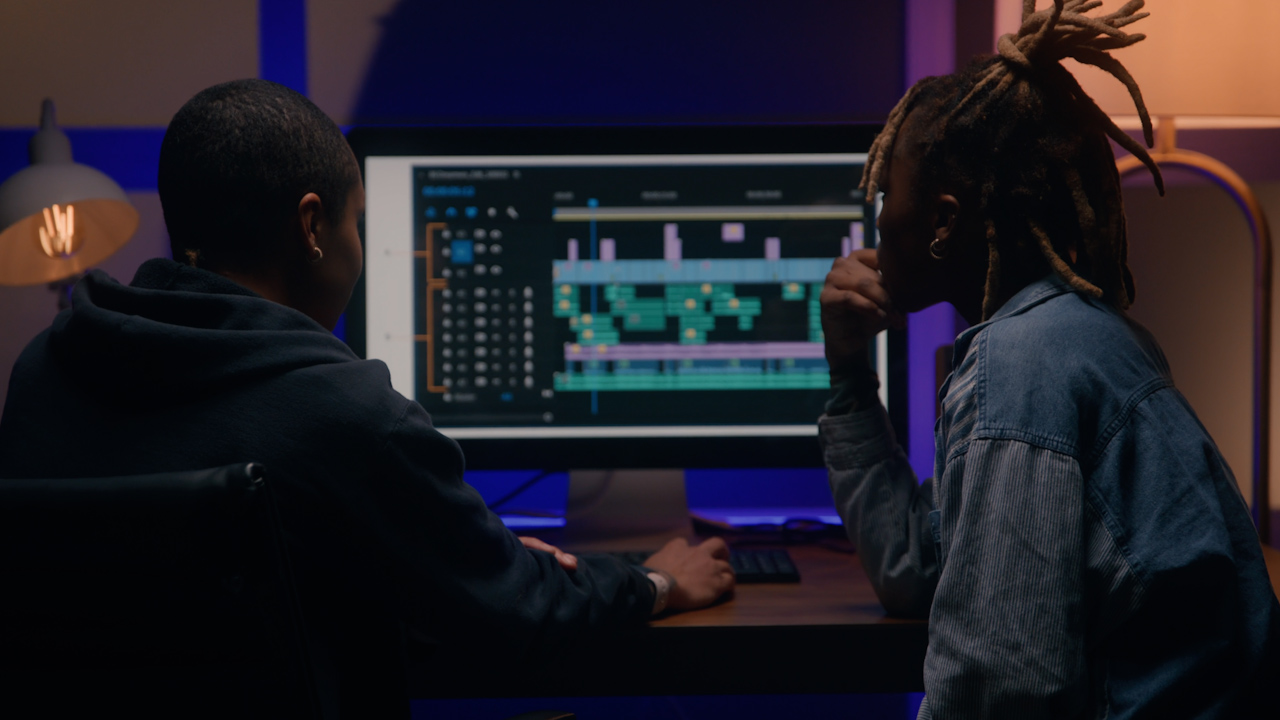
As content creators, the computers we use to edit our videos are just as important as the cameras we use to film. Here are our favorites.
Continue Reading
Filmpac’s newly-designed Project Feature is a powerful tool for collaborative video editing. Here’s a quick rundown of how it works.
Continue Reading

One of the most difficult parts of being a professional filmmaker is effectively managing and budgeting your time.
Continue Reading
Want to make money selling footage through a major stock footage platform like Filmpac? This page will walk you through the processs.
Continue Reading